The Best Places to Find Real Pokémon Cards Online and Offline
Understanding Real Pokémon Cards
The world of Pokémon trading cards has grown exponentially since its inception. Collectors, players, and fans alike gravitate towards authentic Pokémon cards, bringing life to the nostalgia of childhood games. However, with increasing demand comes a surge of counterfeit products. Understanding what constitutes real Pokémon cards, how to identify them, and their value is crucial for anyone in the Pokémon community.
What Makes Pokémon Cards Real?
Real Pokémon cards are manufactured officially by The Pokémon Company and possess certain attributes that set them apart from fakes. The following characteristics are central to authentic Pokémon cards:
- Material Quality: Authentic cards are made from a specific quality of cardstock that provides a distinct feel. They usually have a smooth, professional finish and are free from any rough edges.
- Printing Quality: True Pokémon cards feature clear and vivid imagery. The colors are bright with no blurriness. The serial numbers are printed with precision, and the holographic effects (on certain cards) are sharp and engaging.
- Dimensions: Real Pokémon cards maintain a consistent size of 2.5 inches by 3.5 inches. Any notable deviation in size may indicate a counterfeit card.
- Catchphrase: The iconic Pokémon logo and specific designs on cards, including energy symbols and Pokémon illustrations, form the essence of authenticity.
Identifying Genuine Cards vs. Counterfeits
Identifying real Pokémon cards from counterfeits requires a keen eye and an understanding of subtle differences. Here are methods to differentiate between the two:
- Light Test: Genuine cards allow a specific amount of light to pass through. By holding the card up to a light source, a real card will exhibit a proportion of translucency, while counterfeit cards typically are opaque.
- Texture and Finish: Real cards have a unique texture. They feel slightly textured to the touch compared to most counterfeits, which may feel too smooth or have stickers applied.
- Weight Test: Authentic Pokémon cards have a consistent weight. If a card feels lighter or heavier than average, it could be a counterfeit.
- UV Light Test: A UV light can reveal secrets about a card; genuine cards may fluoresce in predictable patterns, while counterfeits may not react the same way.
The Importance of Authenticity in Collecting
For collectors, authenticity goes beyond aesthetics. It has implications on value, trust, and community standing:
- Investment Value: Authentic Pokémon cards, especially rare ones, can appreciate significantly over time. Counterfeit cards, on the other hand, have no resale value.
- Community Trust: Possessing real cards establishes credibility among collectors. Sharing knowledge about genuine identification enhances the community experience and encourages education around fakes.
- Legal Issues: Some collectors have faced legal challenges surrounding counterfeit cards. Understanding authenticity helps mitigate these risks.
Where to Buy Real Pokémon Cards
For prospective buyers looking to embark on their Pokémon journey or expand their collection, knowing where to find authentic Pokémon cards is essential. There are various channels to purchase these sought-after items.
Top Online Retailers for Authentic Cards
Online shopping provides a vast array of options for purchasing real Pokémon cards. Here are some reputable online retailers:
- Pokémon Center: The official Pokémon website offers a range of trading cards and related merchandise. It is a reliable source since purchases directly benefit the developers.
- TCGPlayer: This platform is a marketplace for buying and selling individual Pokémon cards. Sellers are reviewed, adding assurance to your purchases.
- Amazon: While it offers a broad selection, it’s vital to check vendor ratings and reviews to ensure authenticity.
- eBay: On eBay, collectors can find a vast selection of cards. However, always review seller reputations and opt for authenticity guarantees.
Local Stores and Game Shops You Should Visit
Aside from online purchasing, local game shops and retailers offer an interactive buying experience:
- Comic Book Shops: Many comic shops stock Pokémon cards, and often, staff can help verify authenticity.
- Board Game Stores: These stores frequently host events around trading card games, leading to interactions with other enthusiasts.
- Local Conventions: Conventions or expos may feature vendors selling rare cards or individual collectors looking to trade.
What to Look for When Buying Used Cards
Scanning through used card bins can yield unexpected gems, but buyers should be cautious:
- Card Condition: Check for scratches, bends, or discoloration. Cards in fair condition carry far less value.
- Set Marking: Familiarize yourself with various sets and their markings to be able to identify them correctly.
- Price Research: Prior to visiting shops, researching individual card prices can help gauge fair pricing for used items.
Real Pokémon Card Pricing
The landscape of Pokémon card pricing is diverse and ever-changing. Understanding this can provide insights into market trends and investment potential.
Market Trends: Current Prices for Top Cards
Real Pokémon cards can vary dramatically in price based on rarity, condition, and demand. Here are some examples of trending cards:
- Charizard (Base Set 1st Edition): A highly sought-after card, usually prices can reach upwards of $200,000 depending on its condition and grading.
- Blastoise (First Edition): Prices typically range from $5,000 to $20,000, depending on the card’s condition and grading.
- Mewtwo (Shining Legends): This card can fetch between $50 and several hundreds, depending on editions and conditions.
Factors Affecting the Value of Cards
Pricing isn’t solely determined by rarity. Other contributing factors include:
- Condition: Cards with high grades (e.g., PSA or CGC ratings) have higher prices.
- Market Trends: Prices can fluctuate with trends in the gaming community or a nostalgic revival.
- Supply and Demand: If a card is suddenly in higher demand, prices can spike—often relative to major tournaments or fandom events.
Is it Worth Investing in Rare Pokémon Cards?
Investing in Pokémon cards can be lucrative; however, potential investors should navigate the emotional and financial implications carefully:
- Long-Term Gains: Many collectors have seen significant returns on their investments, with some cards even increasing exponentially over the decades.
- Market Volatility: As trends change, some collectibles can decrease in value, suggesting that research is critical.
- Personal Enjoyment: Collecting should ideally be fueled by passion and enjoyment, as personal gratification can often outweigh other motivations.
Caring for Your Real Pokémon Card Collection
Proper care is vital for preserving both the aesthetic and financial value of your Pokémon card collection. Here are some practical tips to ensure your cards remain in pristine condition:
Best Practices for Storing Pokémon Cards
To keep your cards safe from wear and tear, consider the following storage options:
- Protective Sleeves: Placing cards in sleeved protectors provides a first line of defense against dust, moisture, and accidental damage.
- Toploaders: For rare cards, using toploaders adds an extra layer of protection. They are rigid and prevent bending.
- Climate Control: Store your cards in a controlled environment. High humidity and extreme temperatures can damage cards over time.
How to Protect Cards During Gameplay
If you’re using your cards in gameplay settings, keeping them protected is crucial:
- Game Mat: Using a game mat can prevent scratches and provides a clean playing area.
- Binder Storage: If transporting cards to tournaments, keep them in a binder with protective sleeves to minimize potential damage.
- Hands-on Care: Always handle cards with clean hands and/or gloves to avoid transferring oils or dirt.
Cleaning and Maintaining Card Condition
Sometimes cards require cleaning, but this must be done cautiously:
- Dust Removal: Use a microfiber cloth for dust accumulation. Avoid abrasive materials that could scratch.
- Stain Cleaning: Light stains can sometimes be removed using distilled water on a damp cloth. However, testing on a less valuable card is wise first.
- Regular Checks: Routinely inspect your cards for potential signs of wear or damage, allowing for early action.
Community and Events for Pokémon Card Collectors
Community involvement provides motivation, encouragement, and additional knowledge. Engaging with fellow collectors can enhance both enjoyment and expertise.
Join Local Pokémon Collectors’ Groups
Local groups provide a supportive environment for collectors of all experience levels:
- Social Media Platforms: Facebook and Discord communities actively engage collectors and fans for trading and advice.
- Community Centers: Local meetups organized at community centers or libraries provide spaces for enthusiasts to connect.
- Workshops: Some groups organize workshops where beginners can learn about authenticating and valuing cards.
Upcoming Pokémon Tournaments and Events
Tournaments serve as excellent opportunities to meet fellow enthusiasts and gauge the competitive landscape:
- Regional Championships: Check out dates and locations for regional competitions where collectors gather and engage in friendly competition.
- Pokémon World Championships: These prestigious events draw top players and collectors alike, providing a unique venue for networking.
Online Forums and Resources for Collectors
The internet provides myriad resources for ongoing learning and community engagement:
- Reddit Subreddits: Communities such as r/pkmntcg offer a space for trading, questions, and advice from seasoned collectors.
- Content Creators: YouTube channels and podcasts dedicated to Pokémon TCG provide insights and trends from the community.
- Blogs and Newsletters: Subscribe to relevant blogs or newsletters to stay informed about updates in the Pokémon card world.
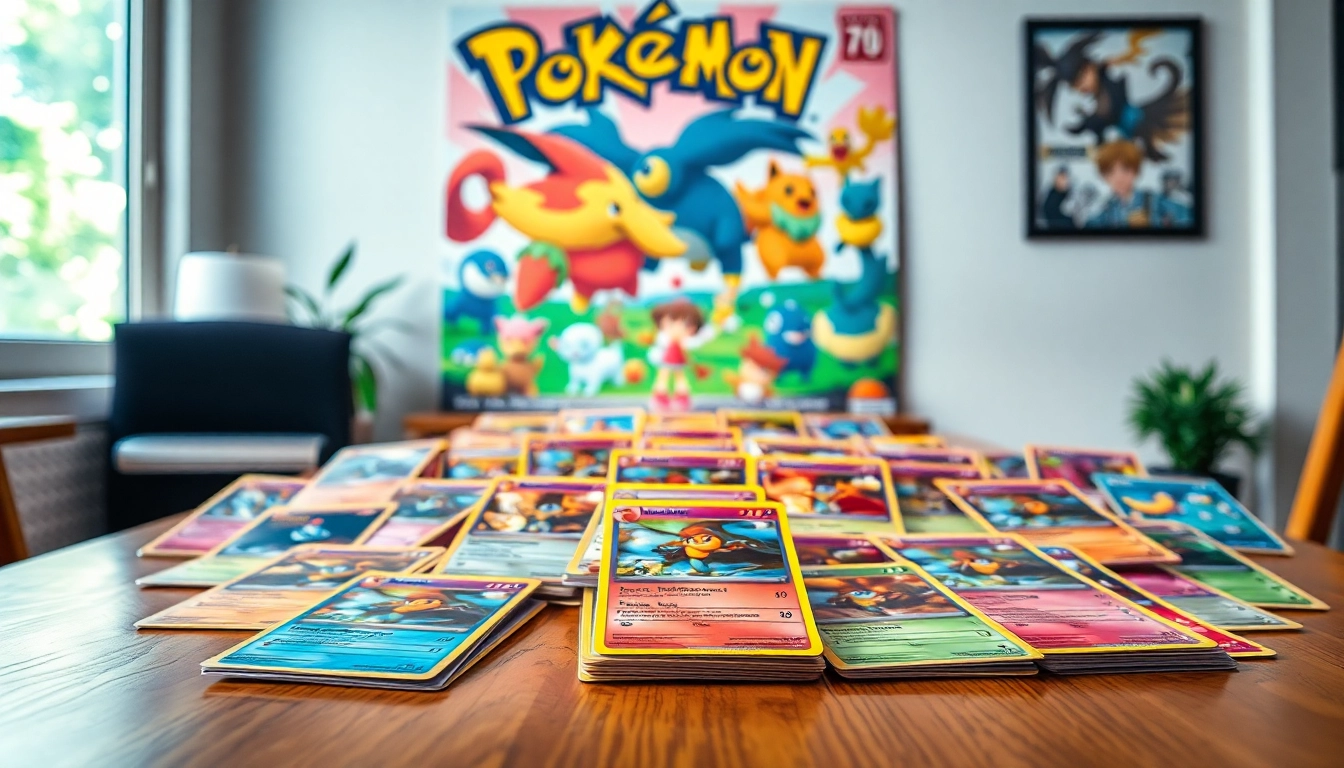
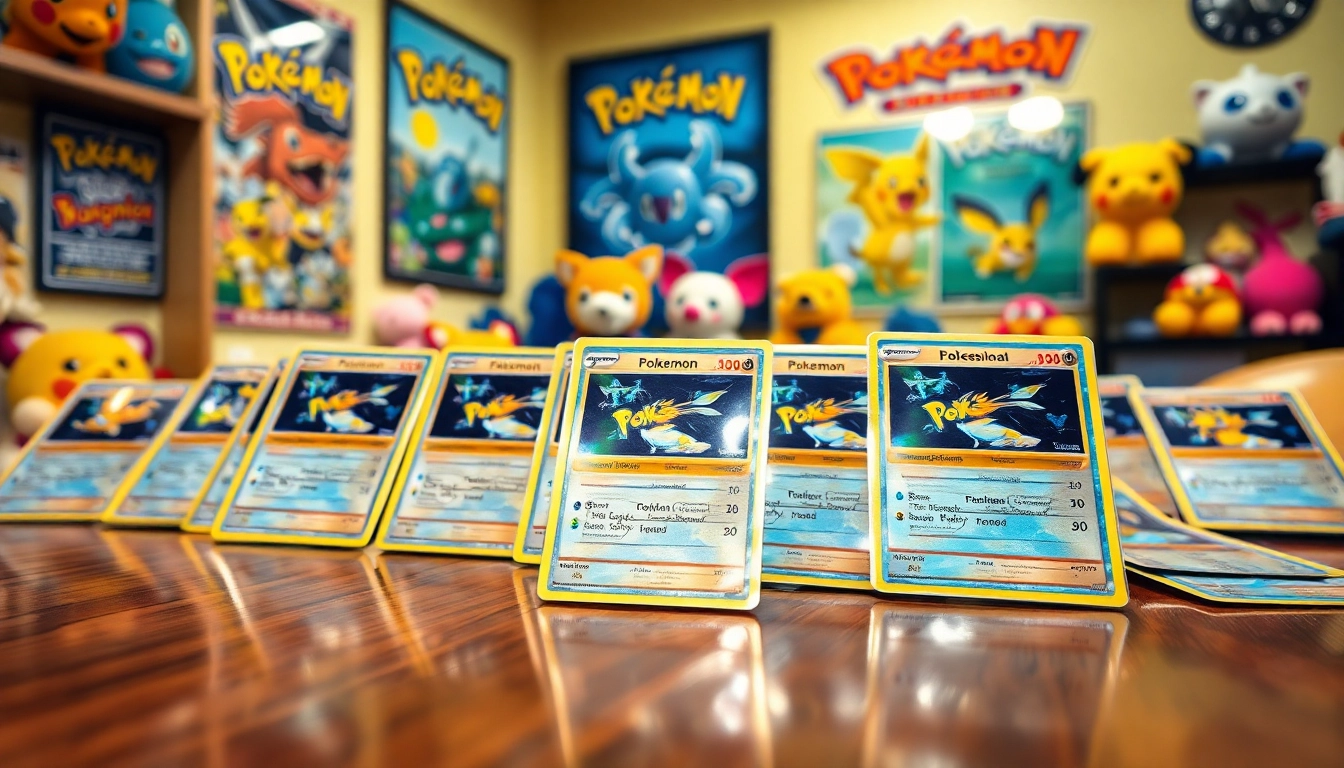
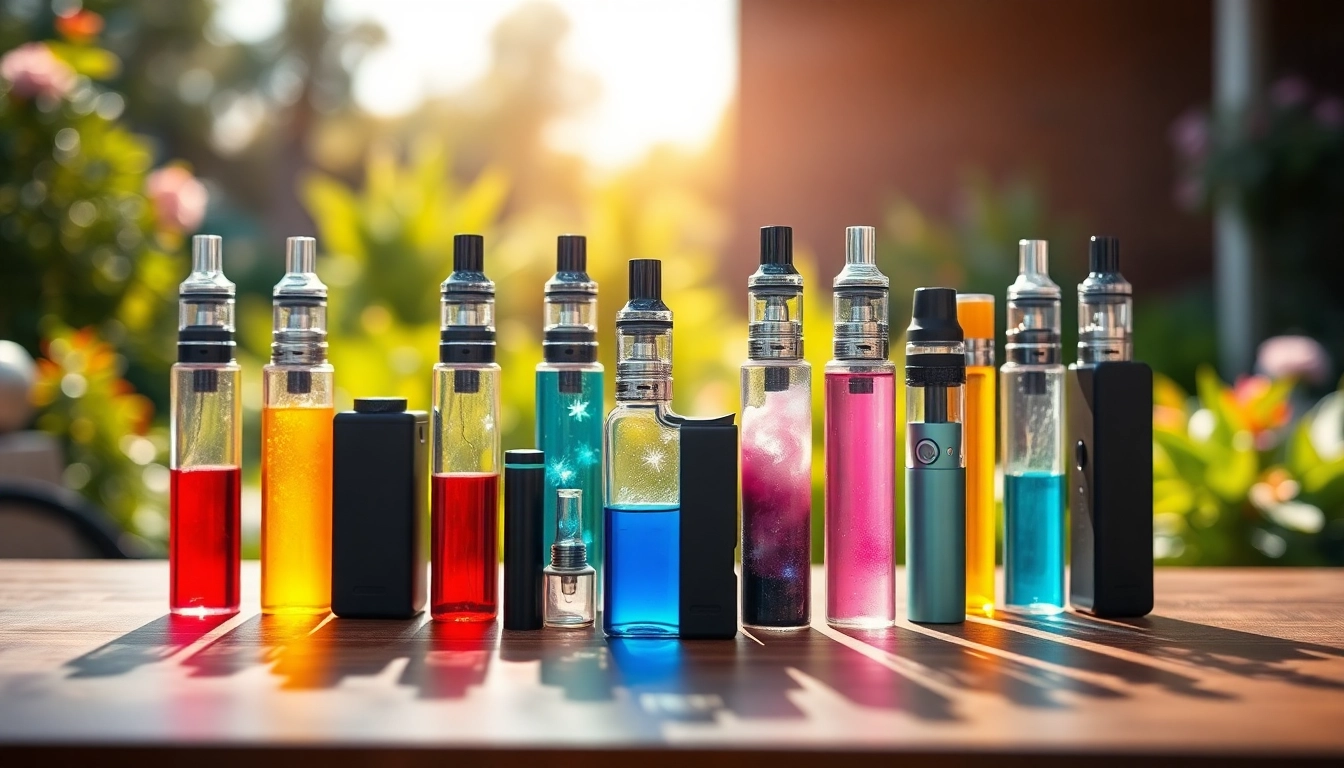






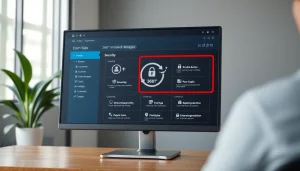

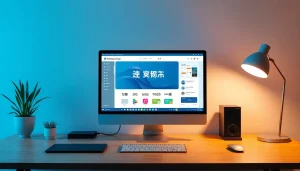

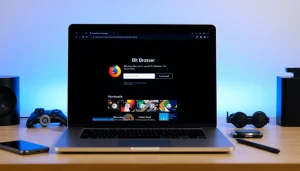
Post Comment